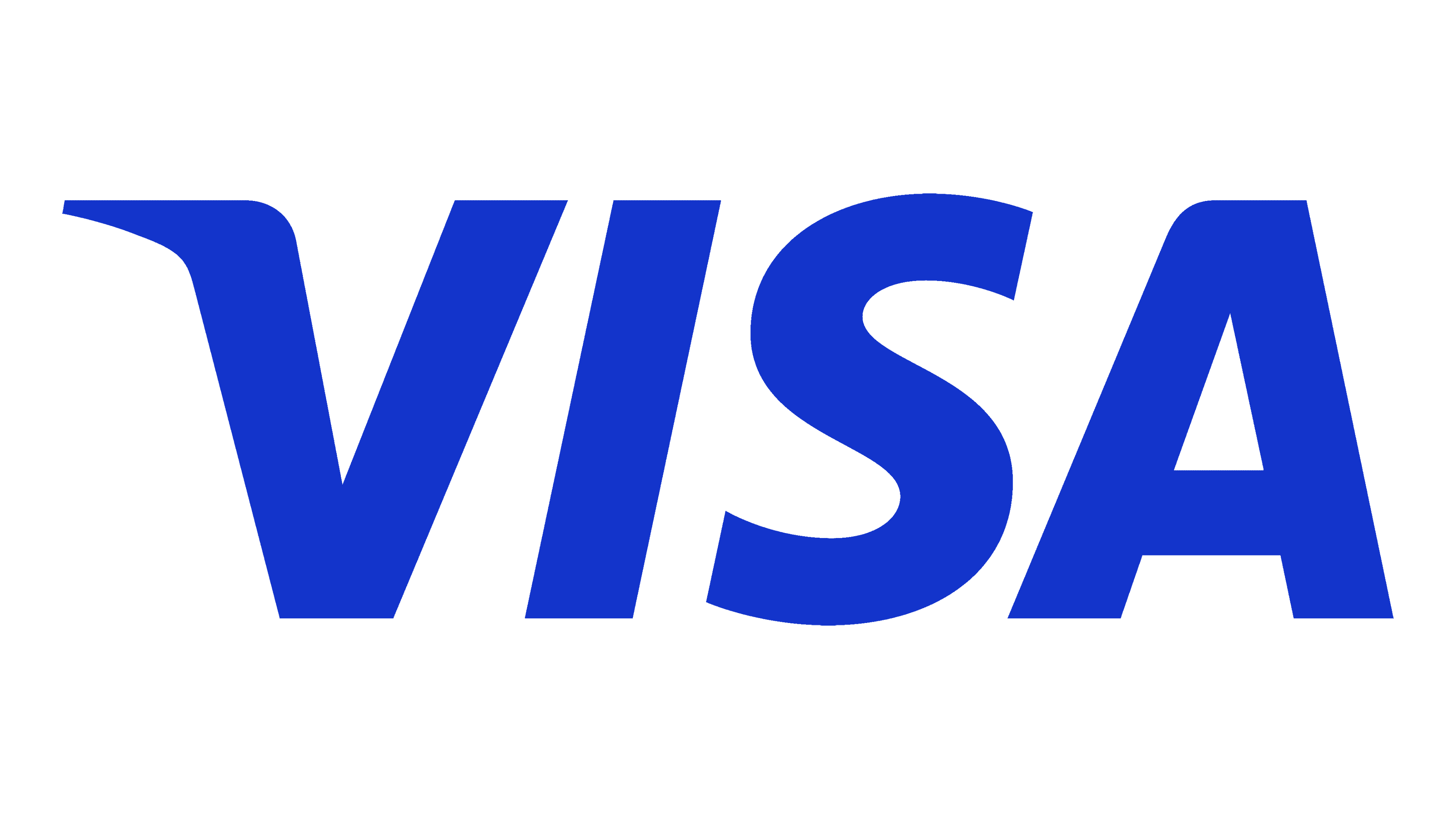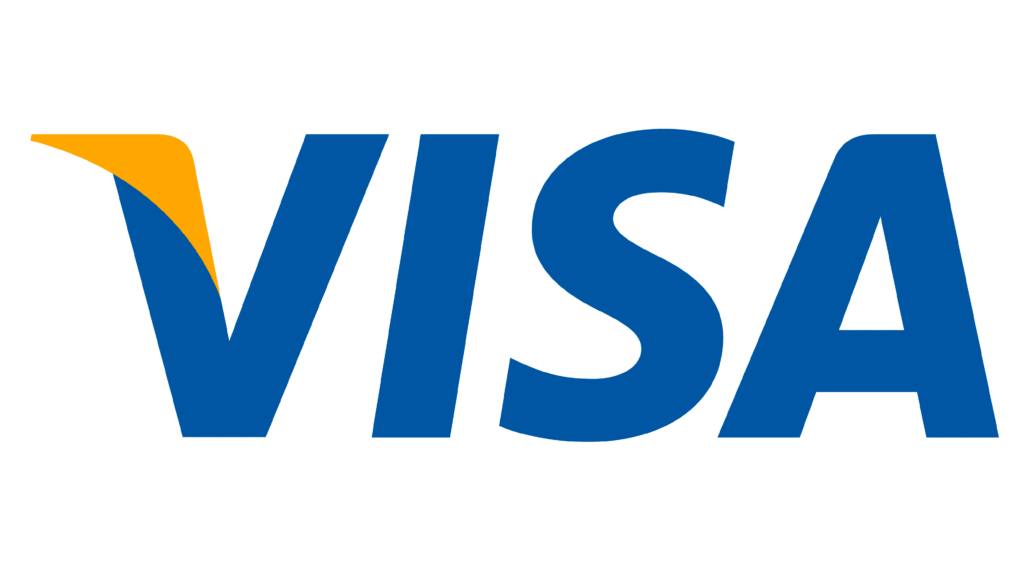Visa, a prominent American financial institution established in 1958, has shaped one of the world’s most renowned payment systems. With its headquarters nestled in the United States and a European subsidiary in London catering to the local market, Visa has not only pioneered credit and debit card issuance but has also facilitated seamless electronic transfers for its valued clientele.
Meaning and History
The genesis of Visa dates back to 1958 when the financial giant Bank of America introduced BankAmericard and established the BankAmericard Service Corporation. As time progressed, the system underwent a pivotal rebranding, adopting the universally welcomed title, Visa.
Spanning over four decades, the foundational elements of Visa’s brand identity have retained a remarkable consistency. The iconic “Visa” logo made its debut in the mid-1970s, undergoing subtle refinements along the way. Preceding this transformation, a prototype of the brand was represented with the moniker “BankAmericard.”
With each logo redesign, the company has strived to preserve its distinctiveness. The contemporary logo, born in 1976, exudes a timeless and modern aura, epitomizing the power of simplicity.
What is Visa?
A platform for global monetary exchanges, Visa has been playing a pivotal role in shaping contemporary financial landscapes since its establishment by the Bank of America in 1958.
1958 – 1976
The inaugural emblem took the form of a rectangular plastic card, with rounded corners. It was divided into distinct segments, with the upper section adorned in a rich dark blue, the middle exuding pristine white, and the lower portion radiating a vibrant shade of orange. The bold sans-serif inscription “BankAmericard” dominated the central space, with capital letters, most notably “B” and “A,” adding an elevated dimension to the design.
1976 – 1992
In a strategic move to expand its international footprint, the institution embraced a multinational outlook, leading to the birth of Visa – a global phenomenon. This evolution not only broadened its reach but also triggered a transformative logo update.
Design visionaries adhered to a familiar template, replacing “BankAmericard” with “Visa” while preserving the original proportions and color palette. The introduction of italics added a touch of dynamism, with the letter “V” assuming a prominent role, graced by the presence of delicate serifs.
1992 – 2000
The dawn of 1992 brought a vibrant palette infusion. Sharp edges replaced rounded corners, defining a striking blue outline. This iteration, still glimpsed in select commercials, left an indelible imprint.
2000 – 2006
As the 20th century drew to a close, a subtle evolution unfolded. Letter spacing expanded, and the inclination of the pivotal “V” was reduced. A chromatic transformation followed suit, with blue morphing into cyan and orange gracefully transitioning into a luminous shade of yellow.
2006 – 2014
In 2006, experts embarked on sculpting a novel trademark. This rendition retained the essence of its predecessors, embracing the inscription “Visa” albeit devoid of graphic elements and external frames. The font was saved with a subtle reduction in inclination. The protruding corner of the letter “V” was adorned in a vibrant yellow hue, heightened the image’s clarity.
2014 – 2021
In 2014, a transformation unfurled as the classic color code was altered. The golden hues reminiscent of California’s landscapes were removed, leaving behind a steadfast blue – a symbol of boundless skies.
The designers added gradients to infuse newfound vibrancy. Whispers suggest that the departure from yellow was a calculated step to resonate with a broader audience. The color, often synonymous with opulence and prestige, paved the way for Visa’s pursuit of accessibility and inclusivity.
2021 – today
In 2021, Visa unveiled a reinvigorated identity in collaboration with Wieden+Kennedy. The newborn concept is elegantly conveyed to discerning clients in a single-tone blue without a backdrop.
Color
The designers channeled their expertise into the realm of color. The gradient retreated, making room for a resplendent shade of bright blue, radiating dynamic intensity. This shift in color generated a fresh perspective, transforming the VISA into a formidable digital entity. The palette’s inherent optimism reverberated, infusing the payment company’s branding with renewed vitality.
Font
The core Visa emblem is etched in a subtly slanted serif-free script, with distinct nuances within two of its letters. While tracing the lineage of the Visa insignia, a font akin to dT Ampla Bold italic appears to bear the closest resemblance. These custom features include the elongation and refinement of the left bar of the letter “V,” harmoniously paired with the softened contour of the upper left corner of the letter “A.”










